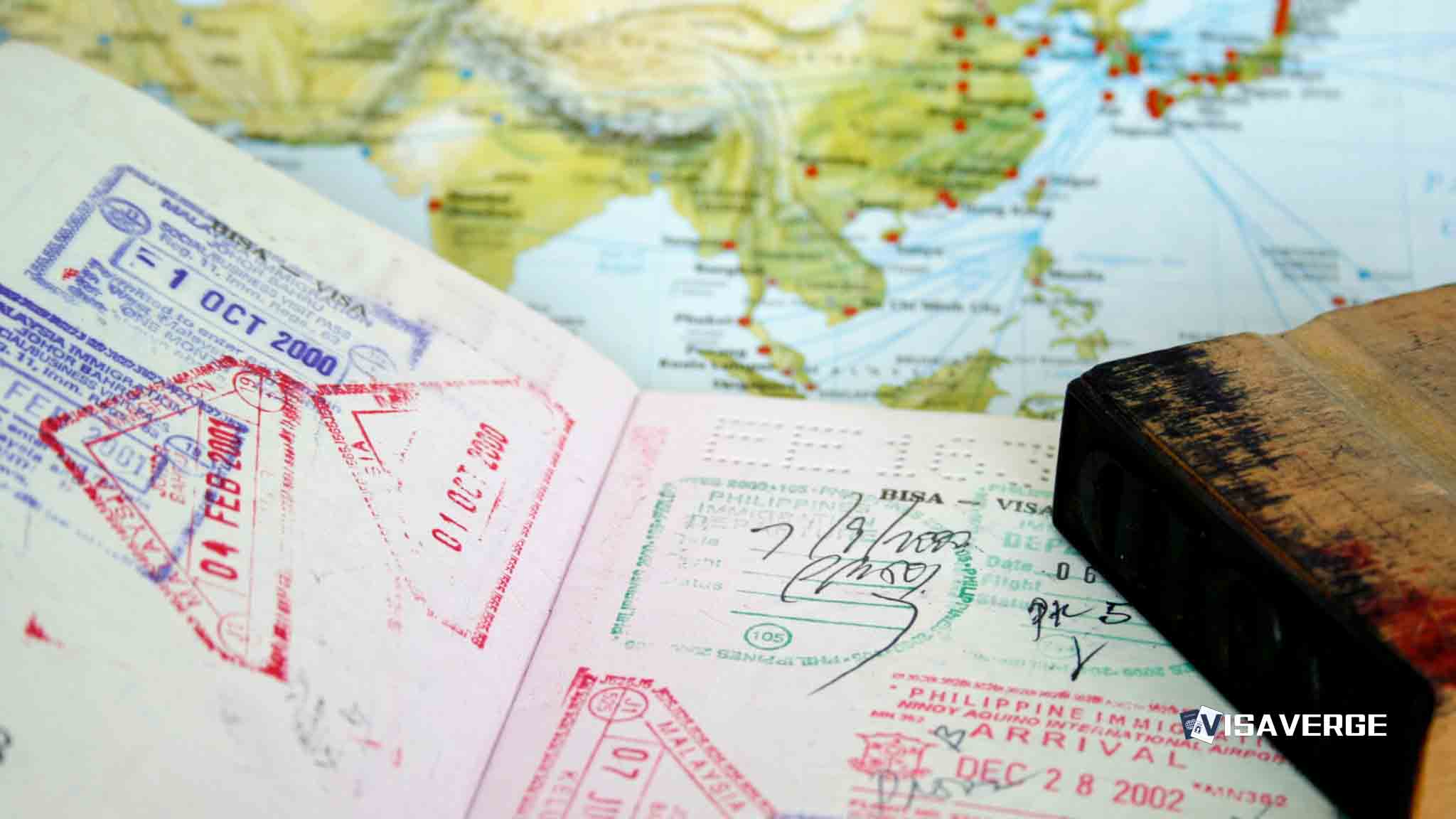Understanding the Impact of Visa Bulletin Movements on Your I-140 Petition
If you’re navigating the U.S. immigration system, you might have heard about the terms ‘I-140,’ ‘retrogression,’ and ‘visa bulletin movements.’ But what do these terms mean, and how do they affect your immigration process? In this post, we’ll break down the complexities and explain what you need to know in simple terms.
What is an I-140 Petition?
The I-140 form, formally known as the Immigrant Petition for Alien Worker, is a document that U.S. employers use to petition on behalf of a foreign national employee to become a permanent resident in the United States based on employment. This form plays a critical role in the multi-step green card process.
Tracking Your Visa Status: The Visa Bulletin
Each month, the U.S. Department of State releases a document known as the Visa Bulletin. This bulletin shows the availability of immigrant visa numbers for family-based and employment-based preferences, indicating who is eligible to apply for U.S. permanent residency. The Visa Bulletin is essential for anyone waiting for visa availability under the I-140 petition category.
How Visa Bulletin Movements Impact Your Application
Visa bulletin movements refer to the changes in visa availability as listed in the monthly Visa Bulletin. These changes can affect your I-140 petition in two key ways:
- Advancement in Priority Dates: When the dates in the Visa Bulletin move forward, more immigrant visa numbers become available. This indicates that the U.S. Citizenship and Immigration Services (USCIS) can process more applications for permanent residency.
- Retrogression: Retrogression occurs when there are fewer immigrant visas available than there are approved I-140 petitions. When this happens, the priority dates move backward, effectively putting a hold on the processing of some applicants’ green card requests.
Understanding these movements is crucial. The dates can advance rapidly or barely move, depending on various factors such as per-country visa limits.
How to Monitor Visa Bulletin Changes
To keep track of visa bulletin movements, you should routinely check the U.S. Department of State’s Visa Bulletin. This resource will give you the latest information on the availability of visa numbers and will guide you on when you might move forward in the green card process.
Keeping an eye on the Visa Bulletin will also alert you to any potential retrogression, which could delay your application. Unfortunately, when retrogression occurs, even applicants with approved I-140 petitions may have to wait longer for their green cards.
What to Do During Retrogression
If you’re affected by retrogression, it’s important to maintain your nonimmigrant status if you’re currently in the U.S. Waiting for priority dates to become current again is often the only option. Some applicants might also explore other visa categories that aren’t impacted by the retrogression if they qualify.
For those outside the U.S., continuing to monitor the bulletin and maintain communication with your employer or legal representative is vital to ensure you’re ready to proceed when visa numbers become available.
Final Thoughts
The immigration process can be unpredictable, with visa bulletin movements impacting the timeline of your I-140 petition. Staying informed and working closely with your employer and immigration attorney can help mitigate the effects of these changes. For more information on visa bulletins, retrogression, and I-140 petitions, visit the U.S. Department of State’s Visa Bulletin page and U.S. Citizenship and Immigration Services’ website.
Navigating the visa process successfully requires patience, keen attention to detail, and an ability to adapt to changing immigration laws and policies. Remember, you’re not alone in this process, and there are resources and professionals who can help guide you through these complex steps toward your goal of U.S. permanent residency.
Well, folks, that’s a wrap on understanding the wild world of visa bulletin movements and their impact on your I-140 petition. It’s like a dance floor of immigration bureaucracy, with dates moving forward and, ugh, sometimes backwards. So keep an eye on the Visa Bulletin, maintain your nonimmigrant status, and stay positive. And hey, if you want to dive deeper into this topic or explore all things immigration, head over to visaverge.com. Trust me, it’s where all the cool techies hang out! 🤓🌐
FAQ’s to know:
FAQ 1: What is an I-140 Petition?
Answer: An I-140 petition, also known as the Immigrant Petition for Alien Worker, is a document that U.S. employers utilize to request permanent residency for a foreign national employee based on employment. It is a crucial step in the green card process and is filed with the U.S. Citizenship and Immigration Services (USCIS).
FAQ 2: How do Visa Bulletin movements impact my application?
Answer: Visa Bulletin movements influence your I-140 petition in two significant ways. First, when the dates in the Visa Bulletin progress, more immigrant visa numbers become available, allowing USCIS to process more applications for permanent residency. Second, retrogression occurs when there are not enough immigrant visas available, causing the priority dates to move backward and temporarily delaying the processing of certain green card requests.
FAQ 3: How can I monitor changes in the Visa Bulletin?
Answer: To monitor changes in the Visa Bulletin, regularly check the U.S. Department of State’s Visa Bulletin. This resource provides the latest information on visa number availability, enabling you to gauge your progress in the green card process. By staying updated, you can anticipate retrogression, if any, which might impact your application.
What did you learn? Answer below to know:
- True or False: The I-140 Petition is a crucial document in the green card process.
- What is the purpose of the Visa Bulletin?
- How can retrogression impact the processing of green card applications? (Short Answer)














